Drydock Dreams Games
You dream ’em – We build ’em
Legends of the fall
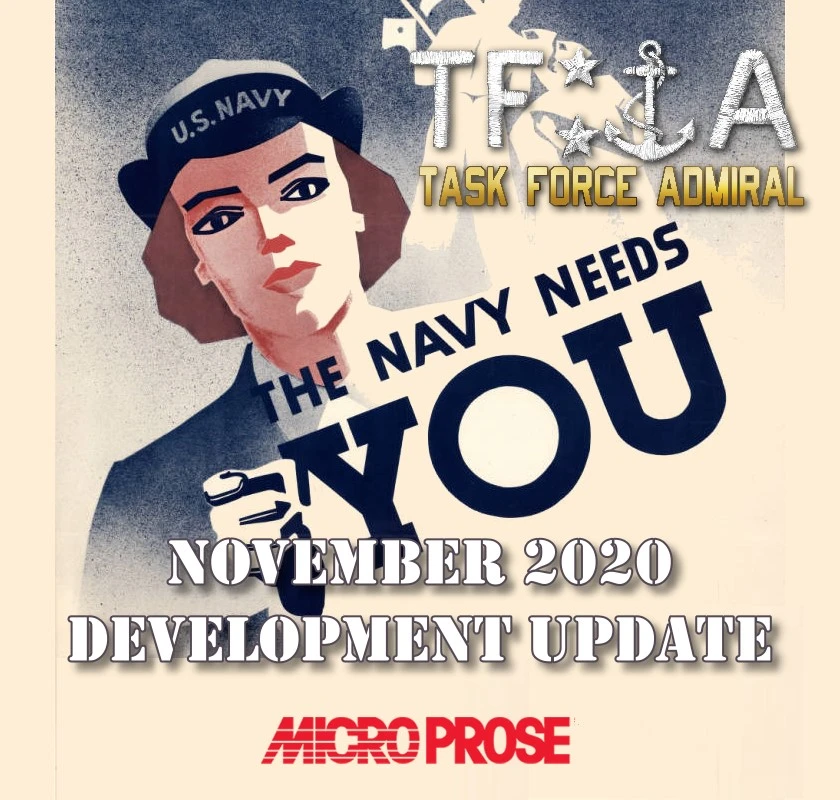
Ladies & gentlemen, welcome back to another Task Force Admiral update!
Those who have been following us over our social media accounts know that we haven’t been idle over the last few weeks. For all the others, it’s time to play catch up with the latest developments. Nothing too hot, but nothing too shabby either: business as usual, and we’re getting there, one step at a time! Come and join us for a little tour!
Catch me when I Fall: the Funny Tales of Carrier Air Recovery
Green Trees in the Fall: Revisiting from the Air the Battlefields of 1942
Falling Down: D3A Dive Bomber makes an Entry, US Ships learn to dodge
Birthday boys, fall in! Celebrating the Navy & the Marines

The Funny Tales of Carrier Air Recovery
We’ve been hard at work trying to make sense of USN 1942-era air recovery procedure in order to feed it to our engine. Back then, in that nascent art of making the most of one single busy flight deck, it really was easier said than done. Fortunately, actual examples of how it worked are out there. Jean-Baptiste did wonders when adapting the engine to the authentic issues of the trade instead of bending reality around our game possibilities. It is still work-in-progress of course, there’s a lot still left to polish, but it does show promise!
Naturally, the art of landing a plane on a moving, floating airstrip wouldn’t be a thing at all if it wasn’t for the technical ingenuity of the brains who came up with the idea of the arrestor hook. More than a hundred years after the first baby steps of naval aviation, planes are still recovered using the very same hook/wire combo – I guess it speaks volumes about how smart the original design was from the start. But even then, catching a wire is only the beginning for the pilot, and one small little sequence among many others in the overall flight deck ballet in the eyes of the Air Boss. The latter also has to manage each plane with a broader perspective in mind: where should he put the returning planes? Which should he send down below deck? Which should remain on the flight deck for quick re-arming and refuelling before another patrol? Notoriously tough questions when it comes to managing an American carrier, which by default and by doctrine was overcrowded, with a total number of embarked airframes far exceeding the capacity of the hangar. It was most obvious early on, when Japanese and British carriers were still to adopt this American “deck park” system too, and by habit and design were expected to keep the entirety of the air group below deck. As such, our US carriers require a strong AI logic to keep ’em open and busy, and hopefully we are on our way to provide just that.
Naturally, we are still making sure that the final result will look and feel as natural as possible. After all, you will be allowed to watch air ops take place from the side of your carrier’s island, and it needs to look kind of neat from afar. It is, truth be told, not yet 100% final: as you can see, planes still sort of sink a bit in the deck, wings still get folded a bit fast, we should add a delay to the release of the wire from the hook to simulate crew interaction, etc… But making progress pretty much every week at this pace is a most exhilarating and reassuring feeling indeed for everyone involved, and we sure do hope it shows!

At any rate, fear not. The Japanese side is also working hard on its own procedures and getting there, one strike package at a time, according to their own doctrine and specific carrier designs. We will soon be able to have our American and Japanese carriers send whole raids and watch our pixel planes and ship devastate each others – let’s hope that our next update will allow us to show you just that! In the meantime, enjoy this little piece of vintage Kido Butai business we did put together, with the kind participation of Miss Kaga and her little friends.
Revisiting from the Air the Battlefields of 1942
Task Force Admiral doesn’t try to compete with Flight Simulator when it comes to its terrain, but we still gotta make sure that the ground is attractive enough not to break the immersion. Although this game is first and foremost about naval combat, landmasses cannot be ignored. After all, navies would not be fighting each other if it wasn’t for these pieces of real estate: in history, the control of the seas only ever so mattered when it lead to supremacy ashore.
Some time has been dedicated to providing the engine with an adaptable & dynamic generation process, which was showcased already in our previous update. Now that this was taken care of, we needed to make sure the trees, the coastline, the reefs and all the other outstanding features looked the act too. Here is the current autogen result, which is still, as always, work-in-progress material. The first shot is from an actual photo of the famous Owen Stanley Range, the mountain formation north of Port Moresby, linking the latter to Buna on the other side of the peninsula. The other screens are the in-game result.
It looks not too bad from up here, but when you add some Dauntless love to the mix, I can assure you, it looks all the more gorgeous indeed! Sure, you wouldn’t probably see the Kokoda trail or entrenched USMC positions from that altitude, but we hope we will be able to convey somewhat this feeling, whether your birds are flying over Papua New Guinea or Guadalcanal.
The South Pacific isn’t just about thick jungles though – it is also a place where paradise-like spots make you feel like taking a break with a cocktail on the beach. Rest assured that we will have that kind of place out there made just for you too!
Although these are locations automatically generated from map data, we also need to give some special care to the most emblematic spots of the theater. In 2020, a player like myself just cannot accept the idea of having generic islands and airfields all over the place to stand for actual famous locations – this is not what our commitment to history stands for. Jean-Baptiste has carefully re-created the specifics of Midway atoll for a collab’ in the making, and we will make sure that places like Henderson Field, Rabaul, Port Moresby, Lae and the likes of them receive the same sort of love. In the meantime, here is our preliminary work on Midway’s Sand & Eastern islands, together with the detailed lagoon

D3A Dive Bomber makes an Entry, US Ships learn to dodge
Following our paintshop updates in the last update, the Type 99 Kanbaku, better known under our latitudes as the D3A “Val” has now fully grown into the flying nightmare we needed. Say hi to the bane incarnate of Allied shipping in 1942.
Its arrival coincides with the extra effort we have been dedicating to ship behavior. This time we focused on armament properties, handling and tactics.
As you can see below, our ships can already readily engage in real time any aircraft using their dual purpose and AA weaponry. In the case of the Porter-class destroyer depicted in the following video, the limited elevation of her turrets still allow her to engage low flying planes to a certain extent with dedicated time-fuzed AA rounds. These properly leave the tube and explode miles and seconds later, as they should, with no magic nor hitscan scam involved. Travel time is rigorously respected and abides to initial shell velocity and fuze time as computed by the director. Leading the target back then just was not enough – moving targets were to be engaged in a 3-dimensional environment with rudimentary tools. Don’t expect one shot one kills situation to be the norm!
As such, besides the combat air patrol and the light anti-aircraft artillery, the best defense for a WW2-era ship resides in its capacity to avoid whatever is being thrown at it. Good handling qualities, aka the ability of a ship to twist around at high speed with a short rudder shift time, a fast acceleration and a good turning circle, certainly contributed to the survivability of some highly successful and well balanced classes, like the Yorktowns were. On the other hand the Lexingtons were still the longest warships in the world in 1942, and Lexington’s own lazy rudder and slow response was to ultimately contribute to her doom. As you can see, our US ships are already zig zagging at high speed according to doctrine, unlike the characteristic donut-shaped maneuvers of the Japanese ships shown in our announcement teaser.
Tactics were not only rehearsed at sea. Our US fighters also went through a strict drill in order to implement historical escort behaviors and tactics. For it’s not just a matter of having the right types of planes in the air, we also want them to put a convincing show. These formations were recreated from actual manuals and will be automatically observed by your pixel pilots. As a Task Force commander, you will still be allowed to somewhat meddle with the settings and give some specific instructions, but at the end of the day we expect our jockeys to know their trade. They aren’t supposed to be at flight school anymore!
Celebrating the Navy & the Marines
Finally, a Task Force Admiral update wouldn’t be a proper update without Julien’s involvement. October & November were both important months for the US Navy & the US Marines, as the former celebrates its Birthday on October 13, while the latter does very much so on November 10. We went against the current tradition by sticking to good old Navy Day, which doesn’t mean so much today, but was an institution back in the 1930s & the 1940s, taking place every October 27. A lot of the great propaganda posters were based on this event which was the annual opportunity for the Navy to show its new toys, and as you can see on this postcard, we tried to re-capture the spirit of the times using our own 3D models!
We did not forget the Marines either. As mentioned earlier, they will be there on the ground, fighting for Henderson Field, but also up in the air, above Wake, Midway and Guadalcanal. CACTUS in particular is the Ace in the sleeve of any good Guadalcanal scenario – the prize of these battles, for sure, but also a box full of surprises with its contingent of F4F, SBD and TBF planes that might strike at any force you spot at a moment notice, as long as you make sure that the critical info is passed along to the crew of the pagoda at Lunga!
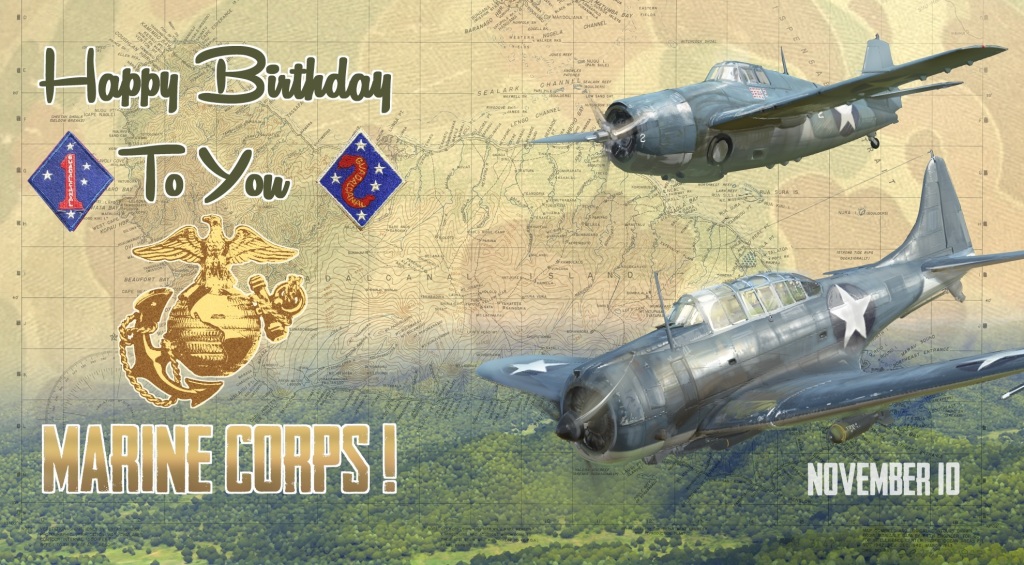
As usual, the hi-def version of both artworks can be downloaded here, courtesy of our artist Julien! A perfect fit for your desktop, I have no doubt! Click below to download them.
Done! As always, as a last word for today, don’t forget to pay us a visit on our Steam community forums. It is always good for you to share your interrogations – and doing so, make us share our replies! In the meantime, as always, dear public, please take care… And stay safe! Cheers to all!

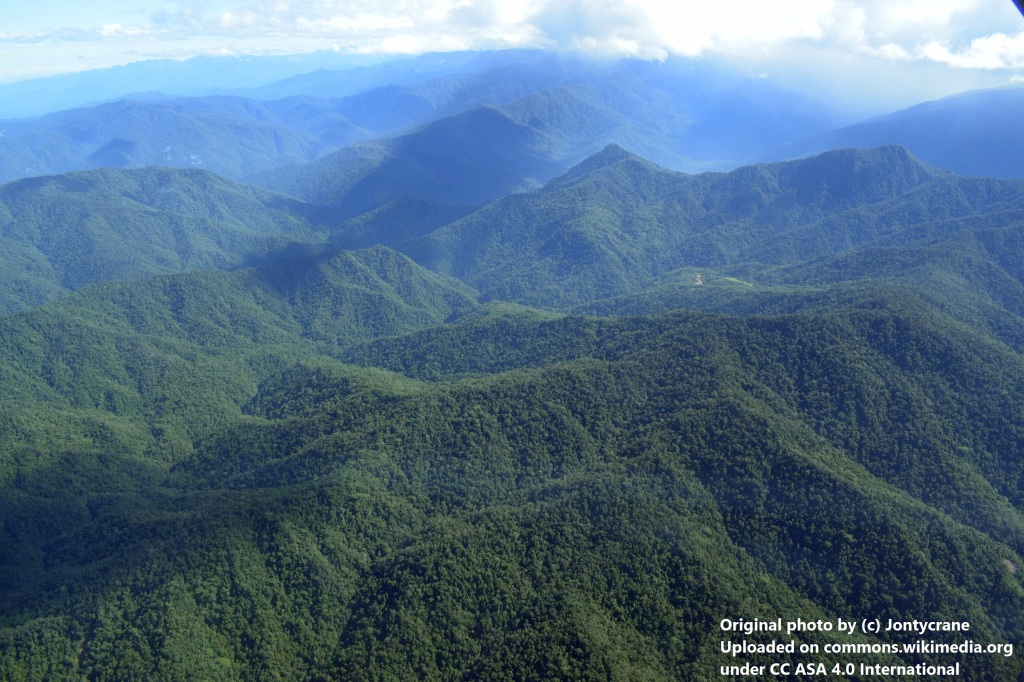
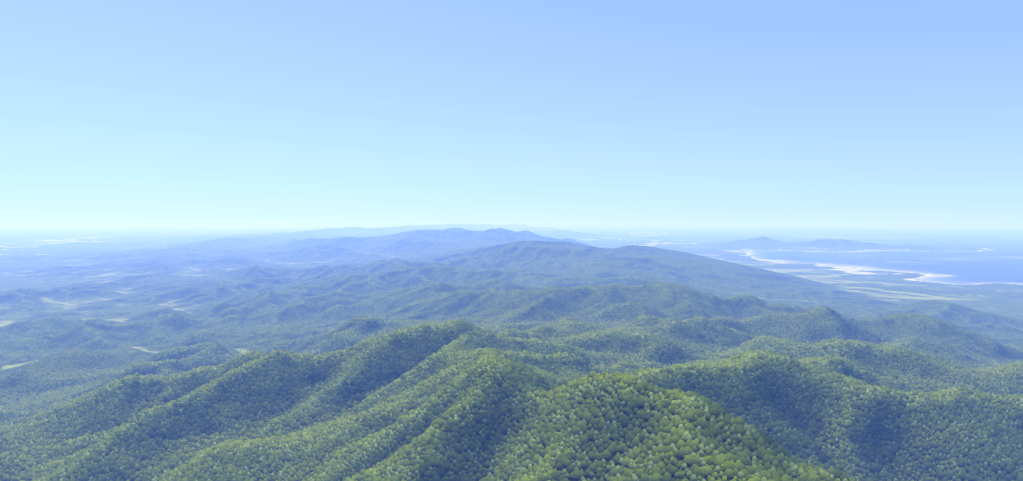
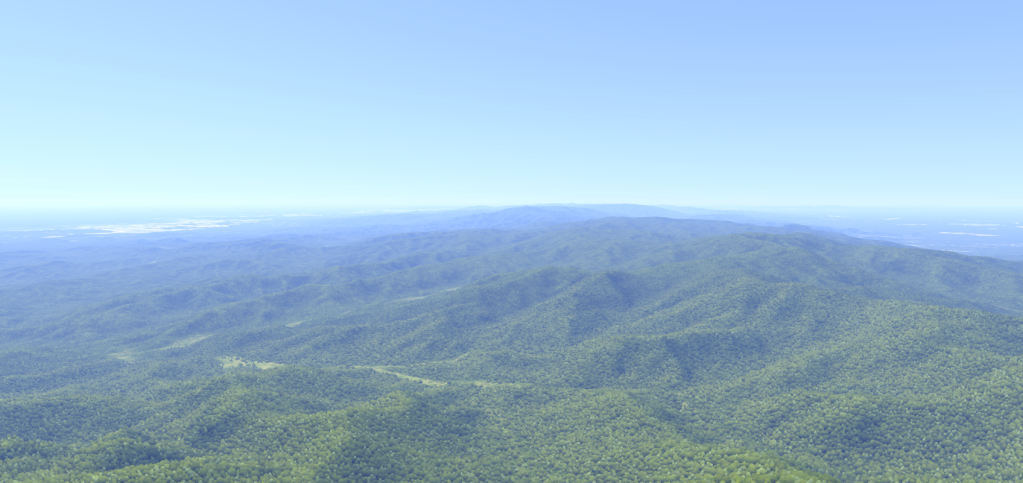
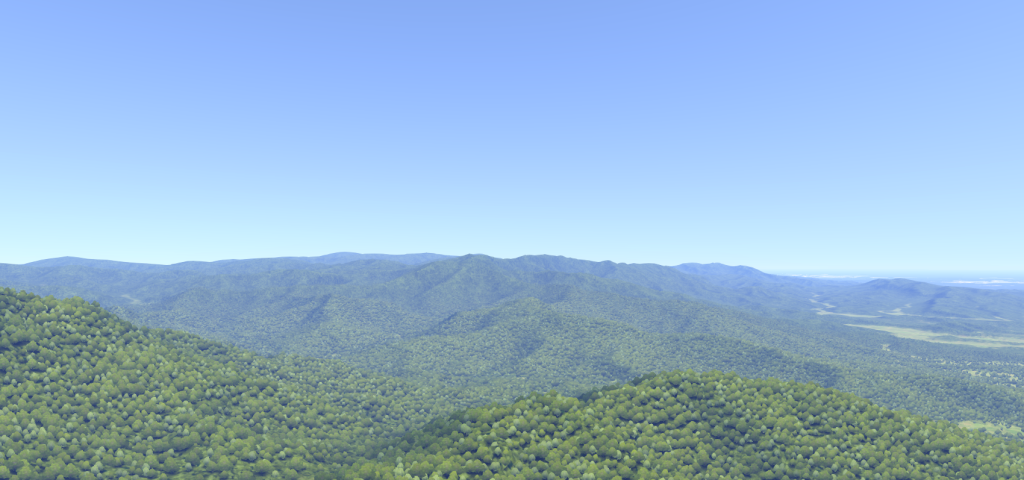


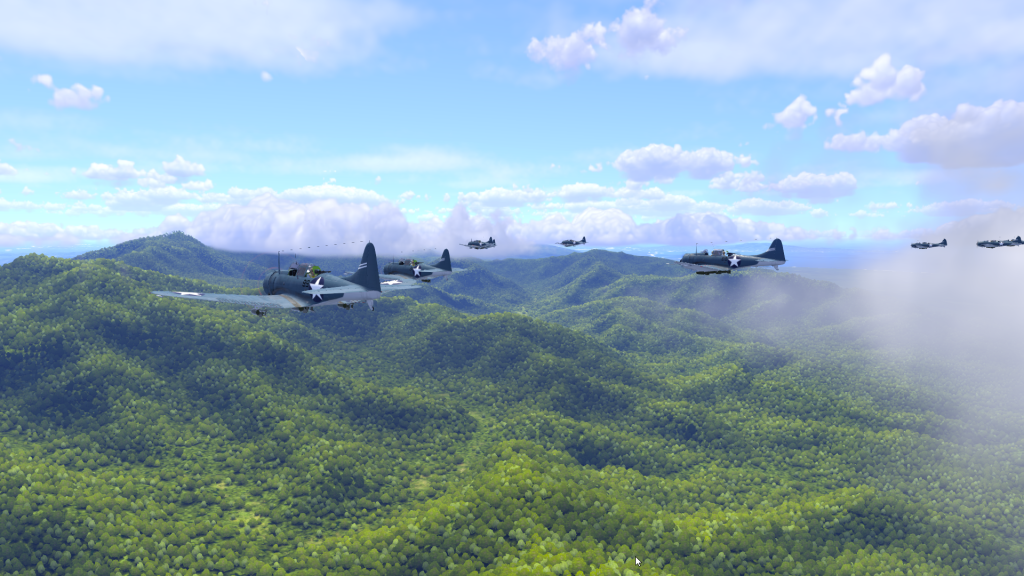
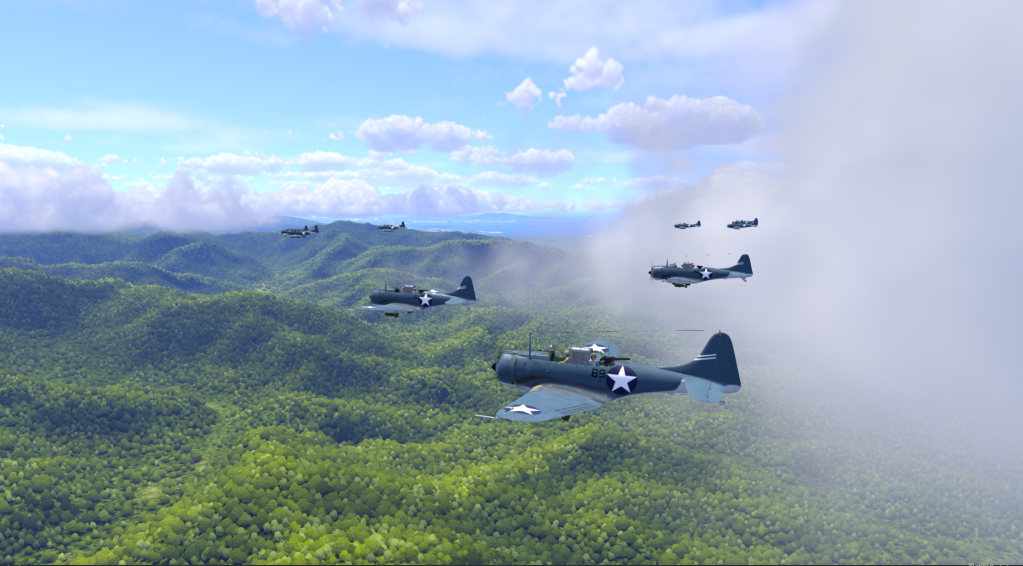




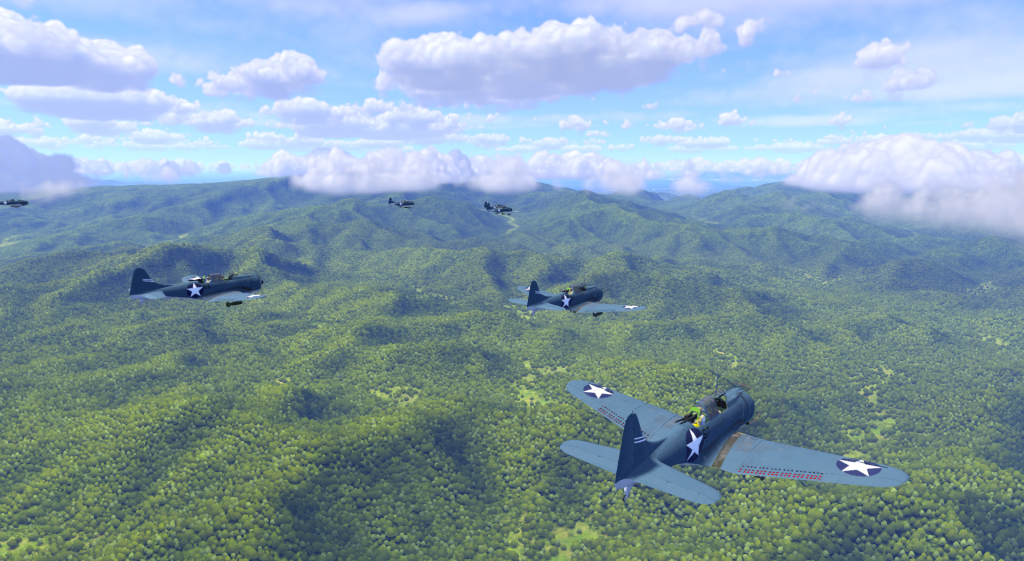


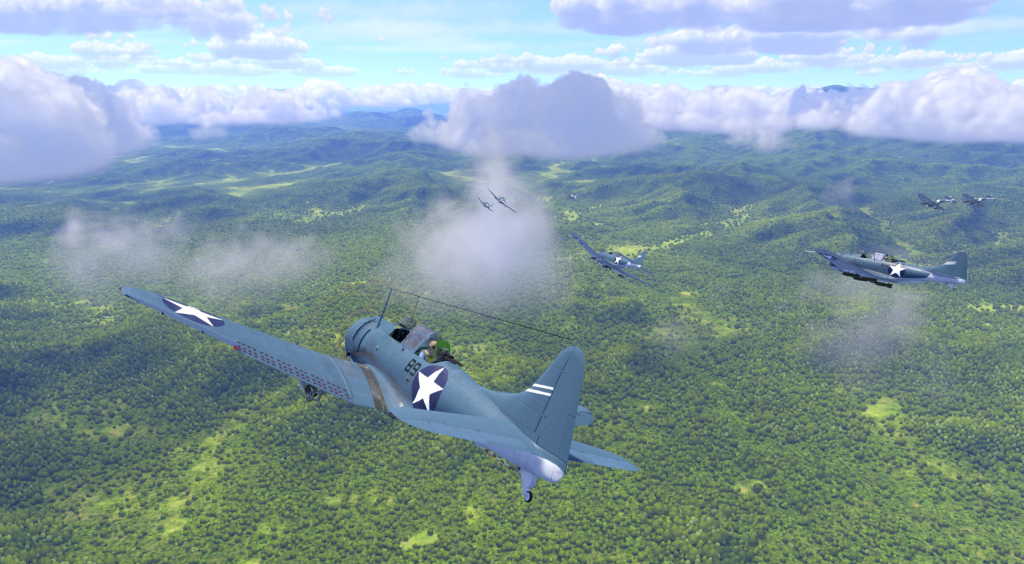
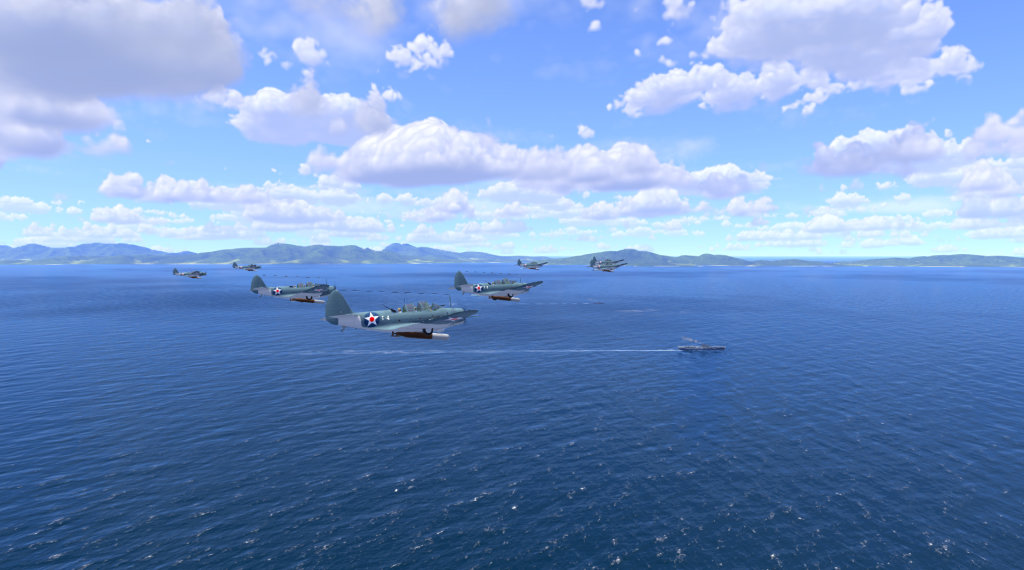
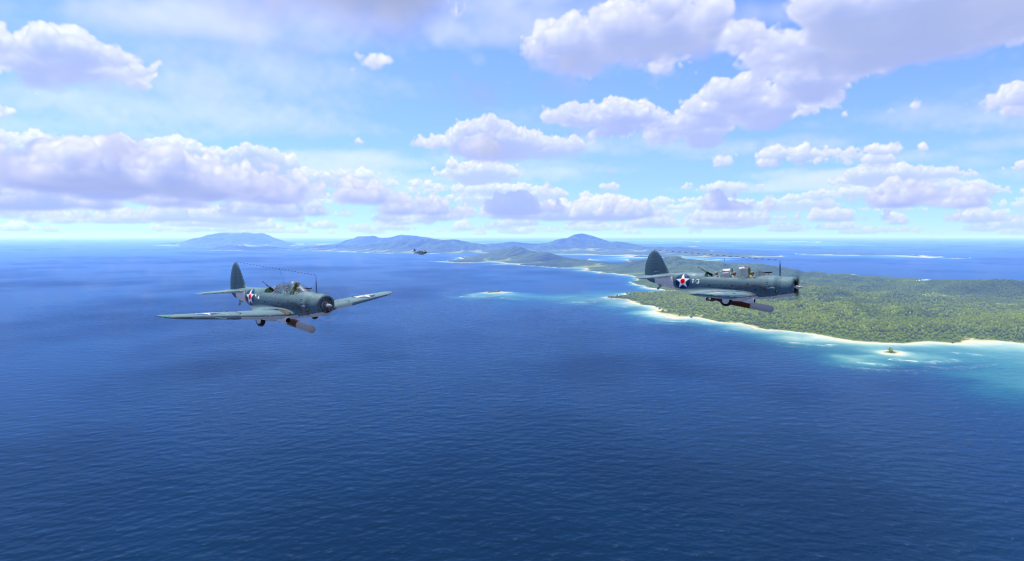
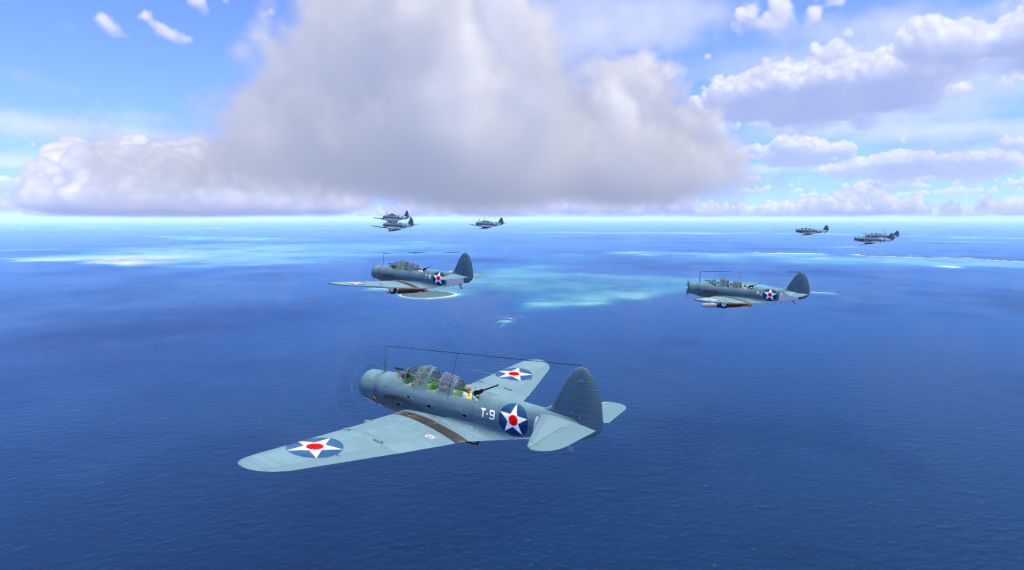


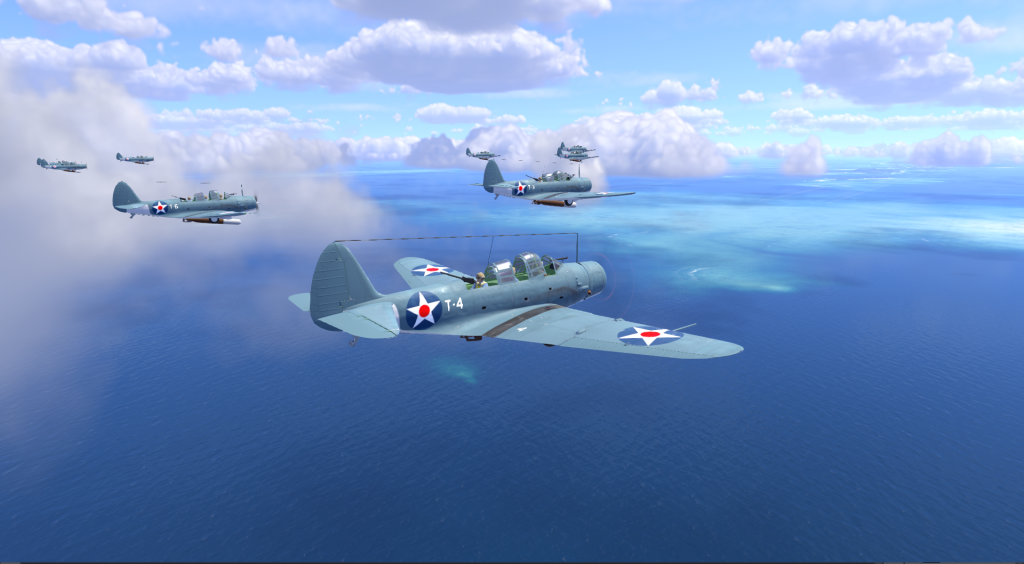

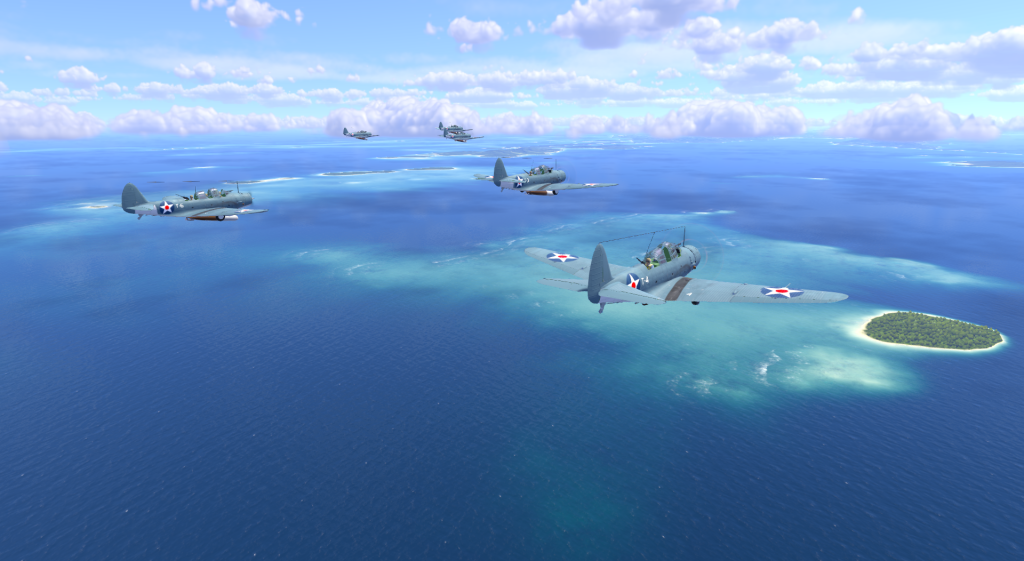
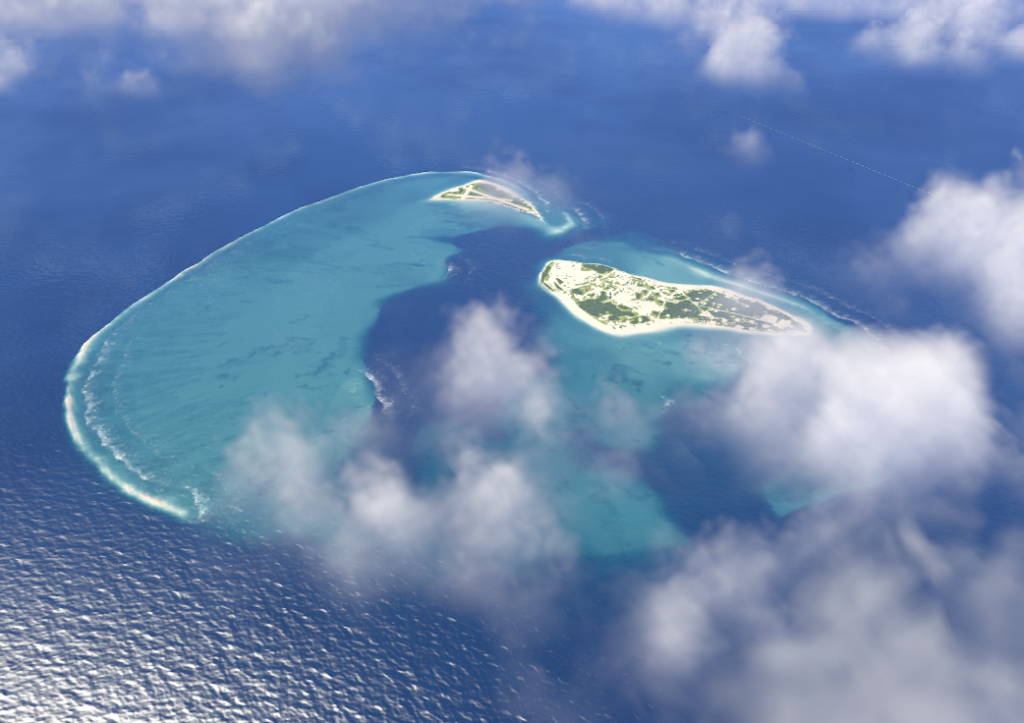
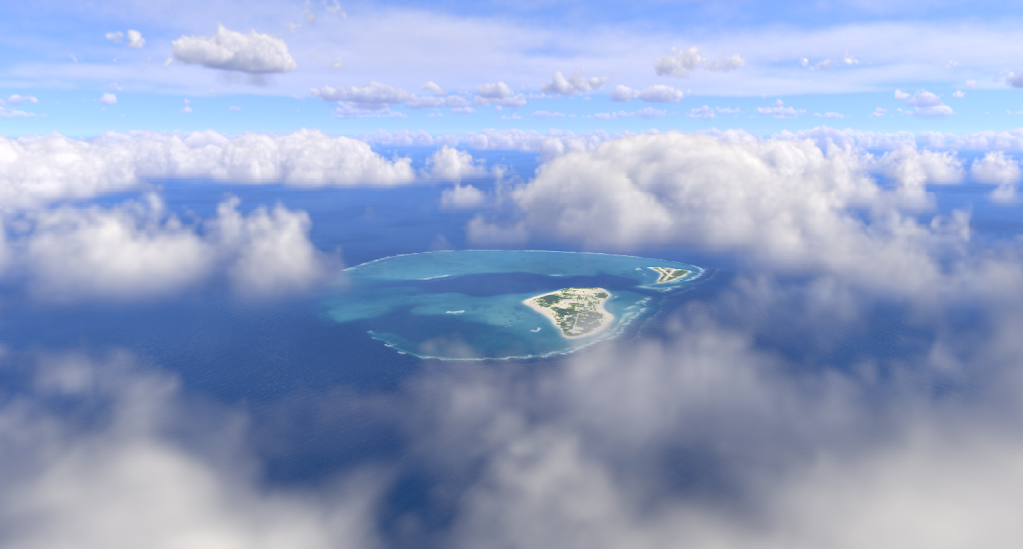
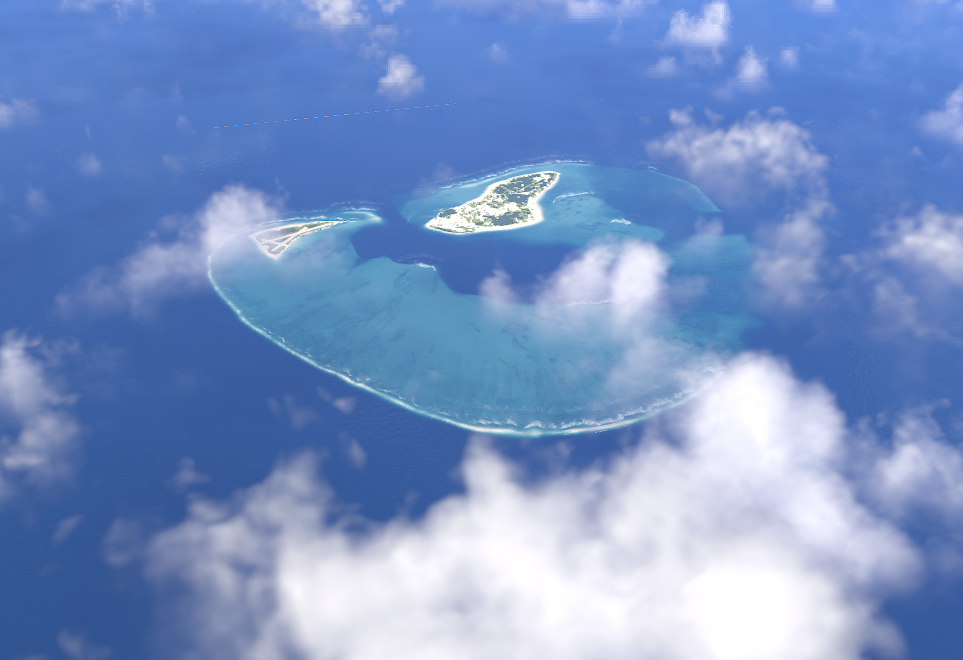
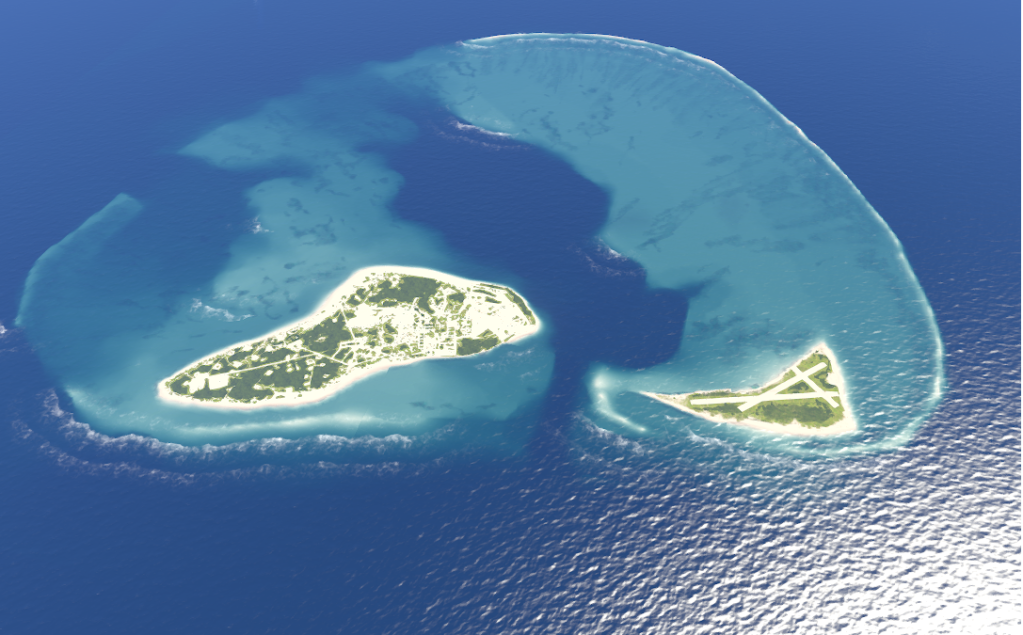
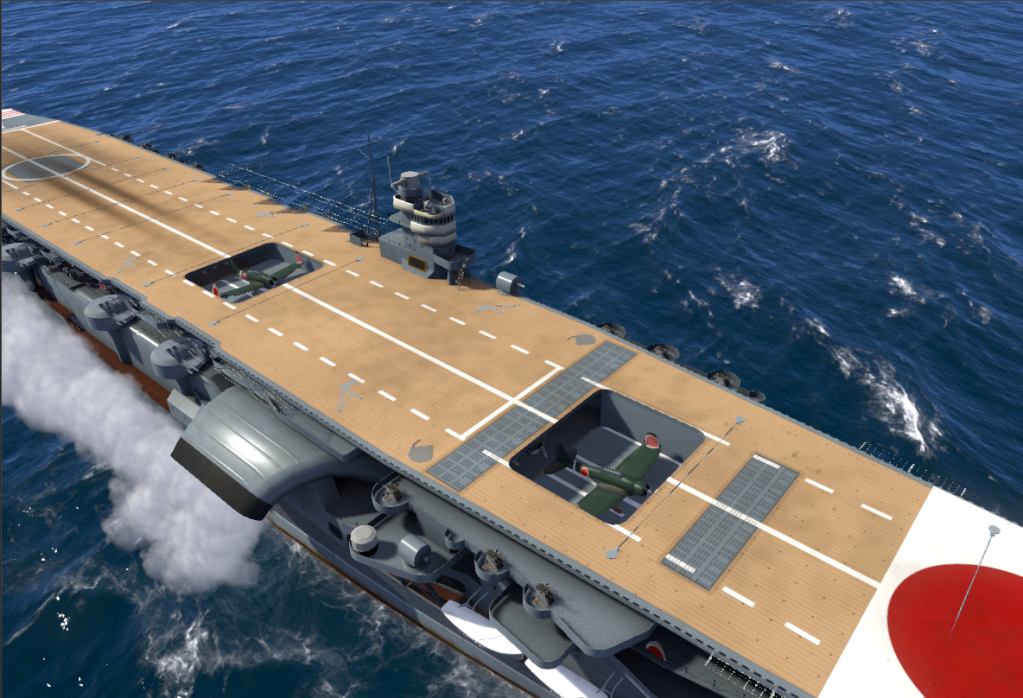
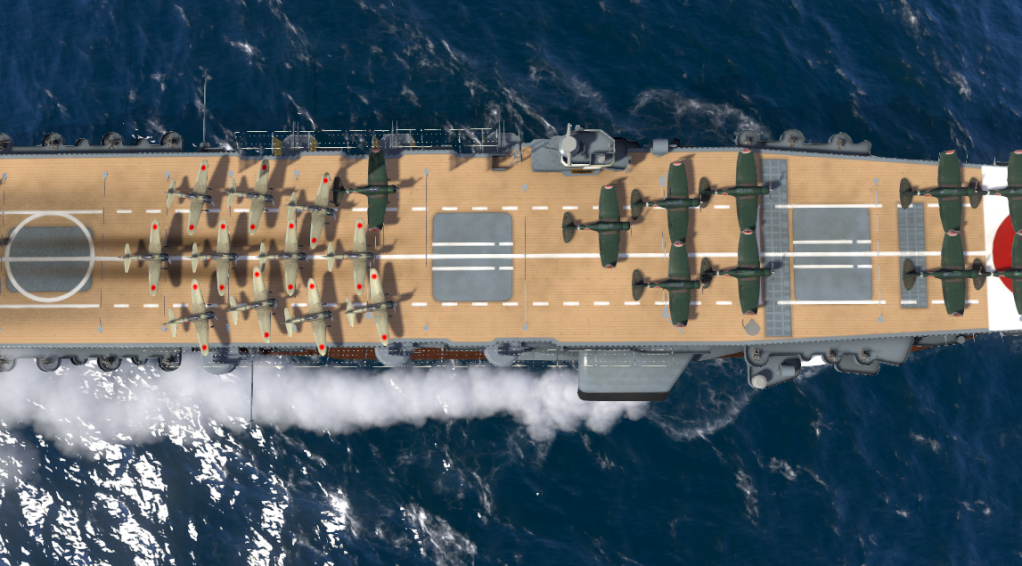

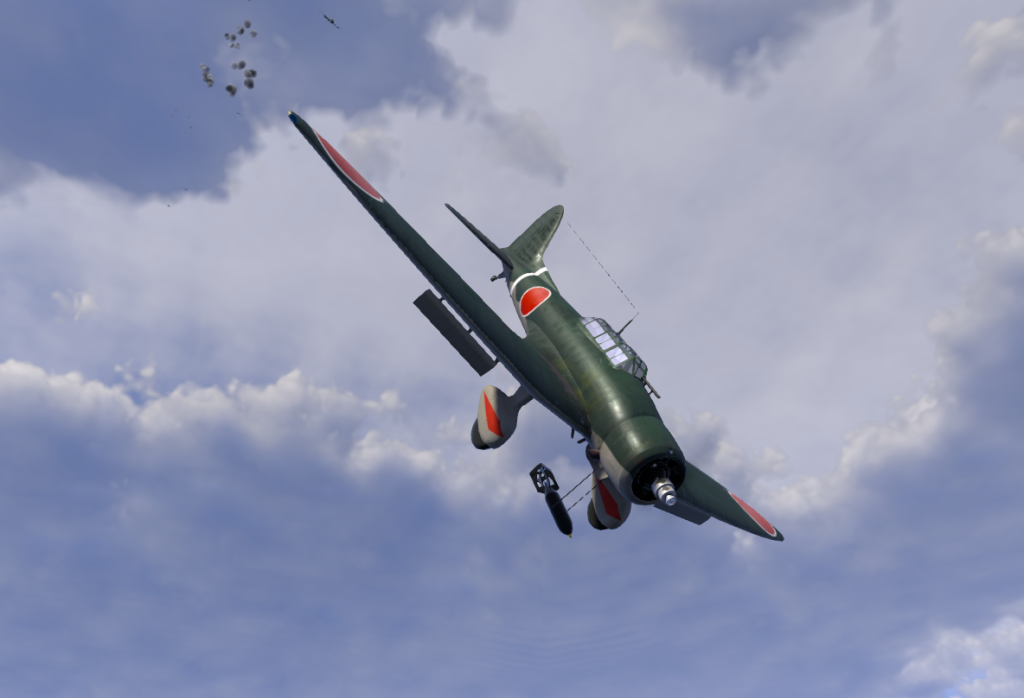
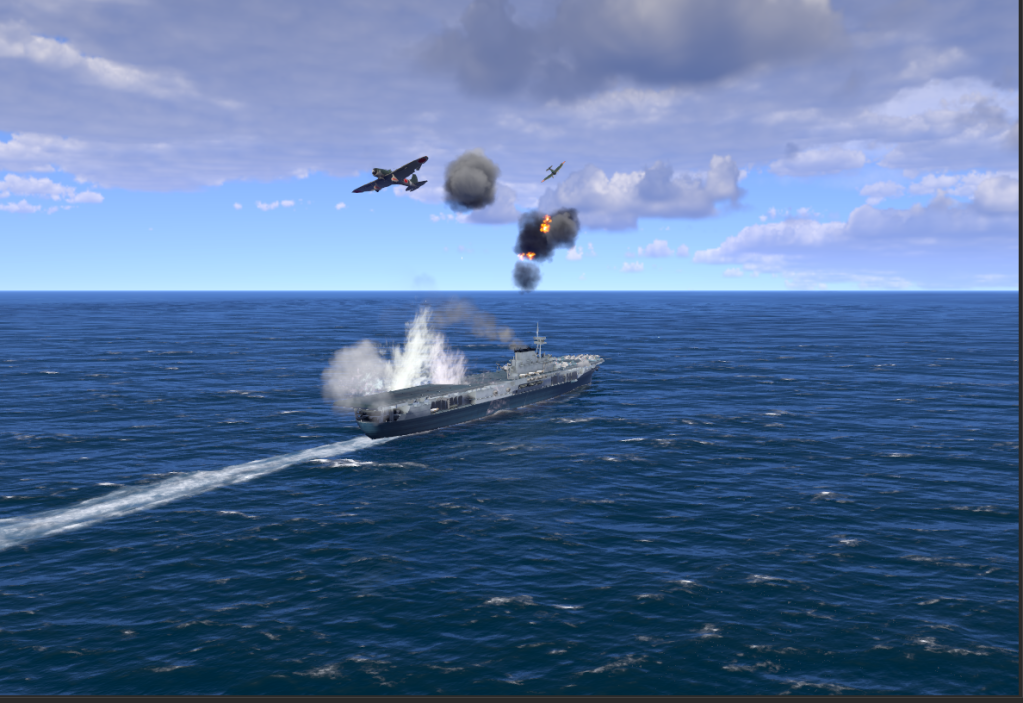
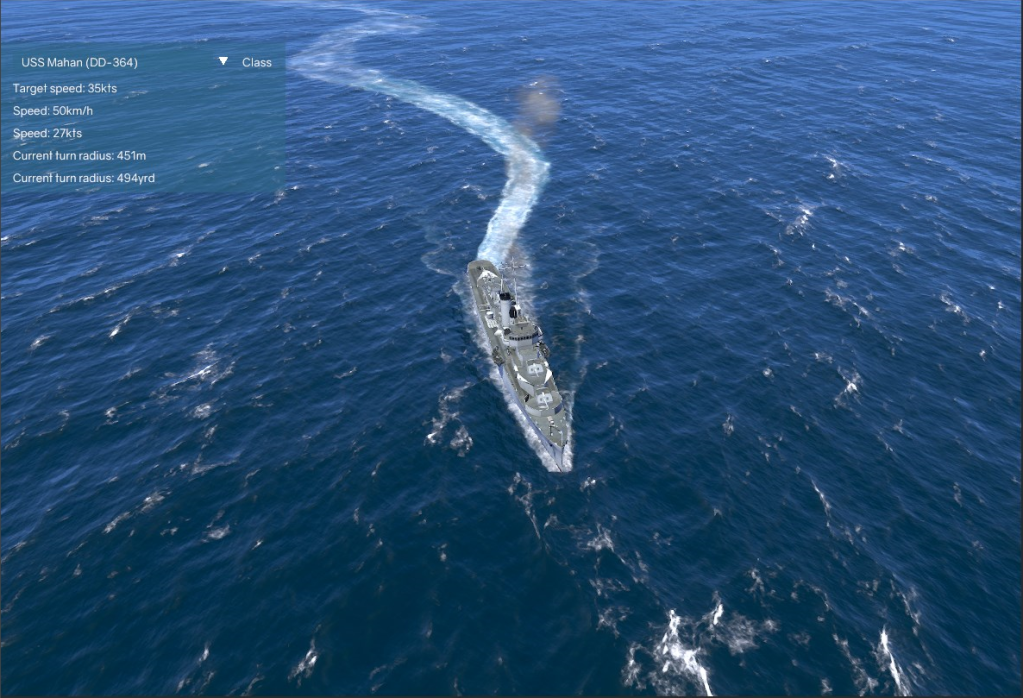
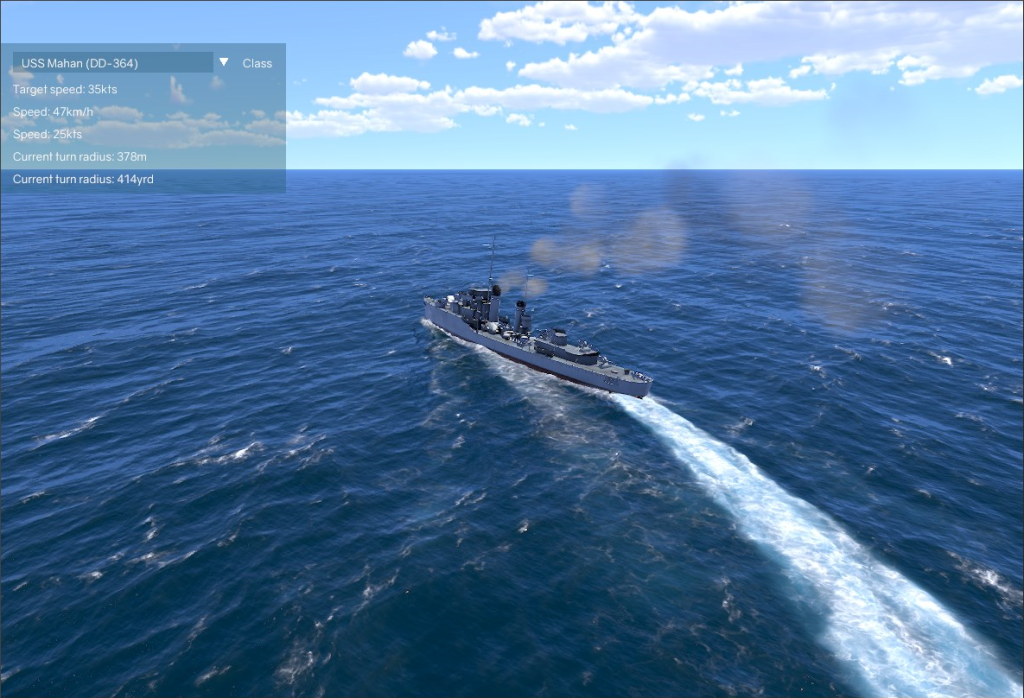
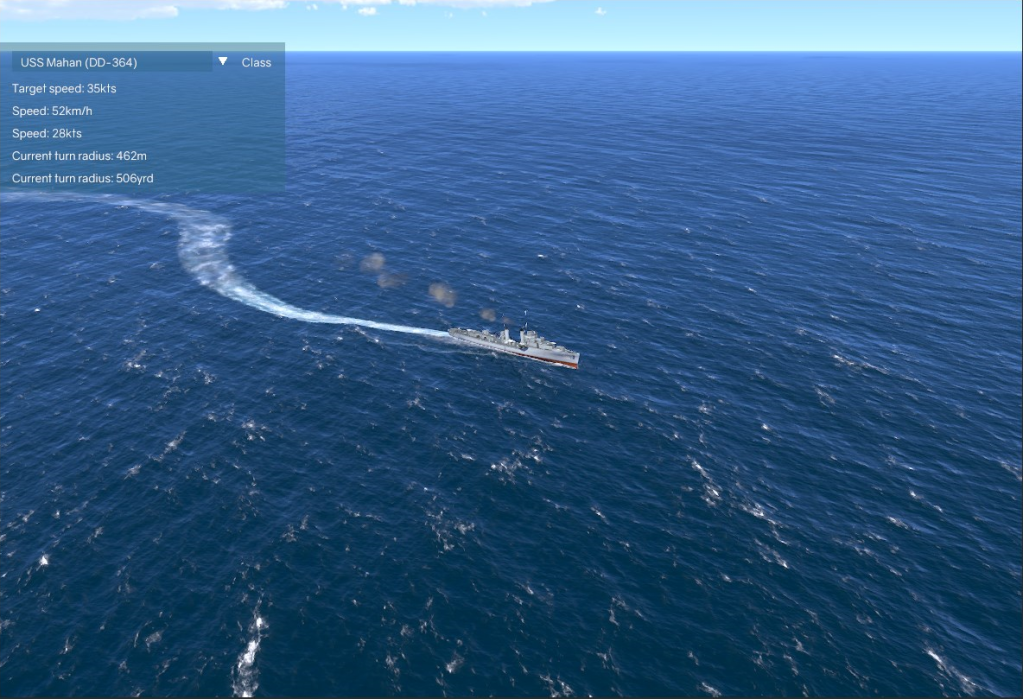
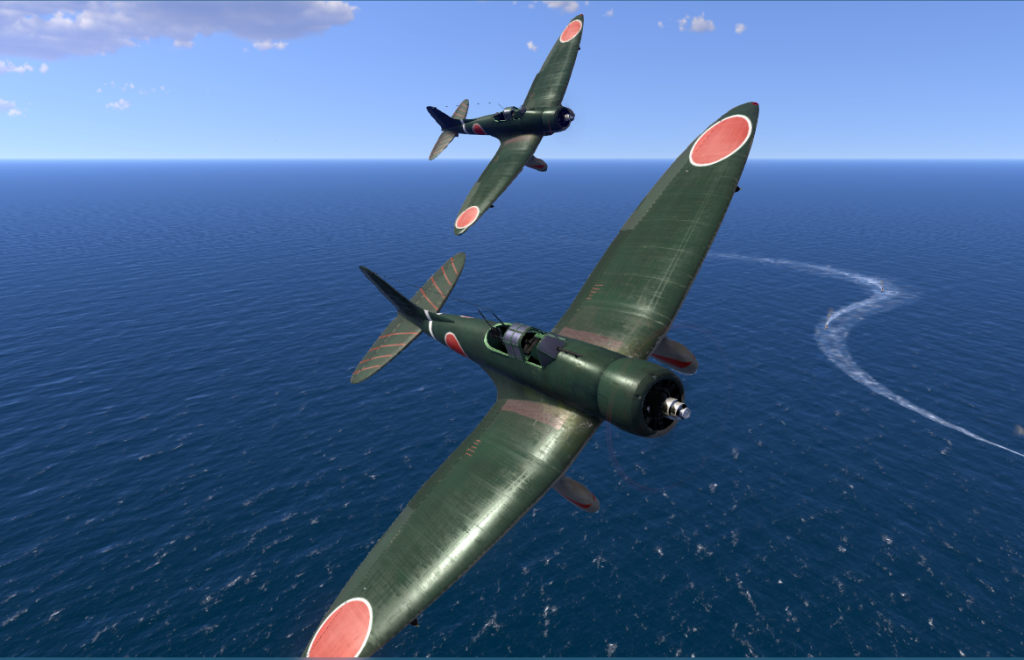
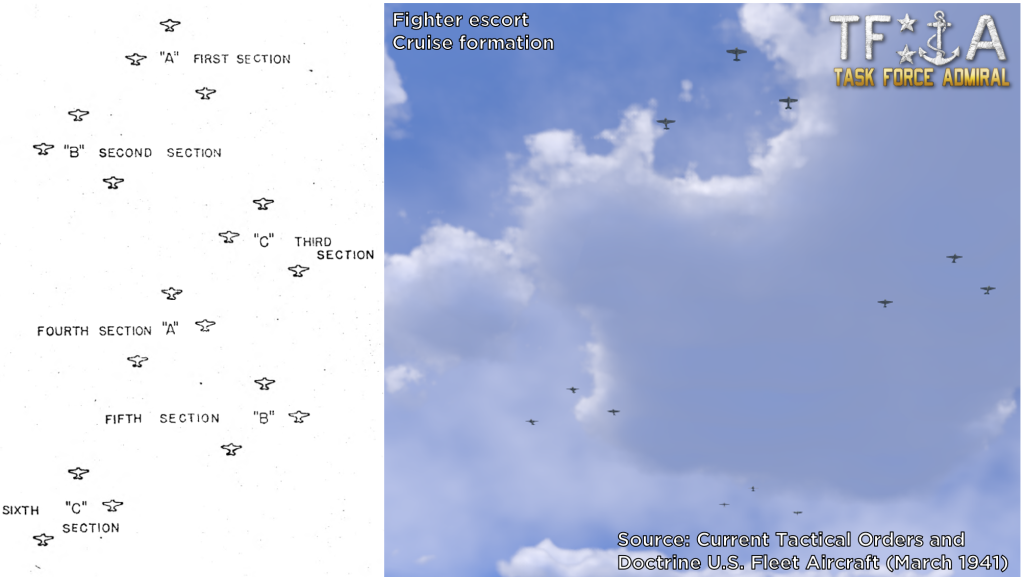

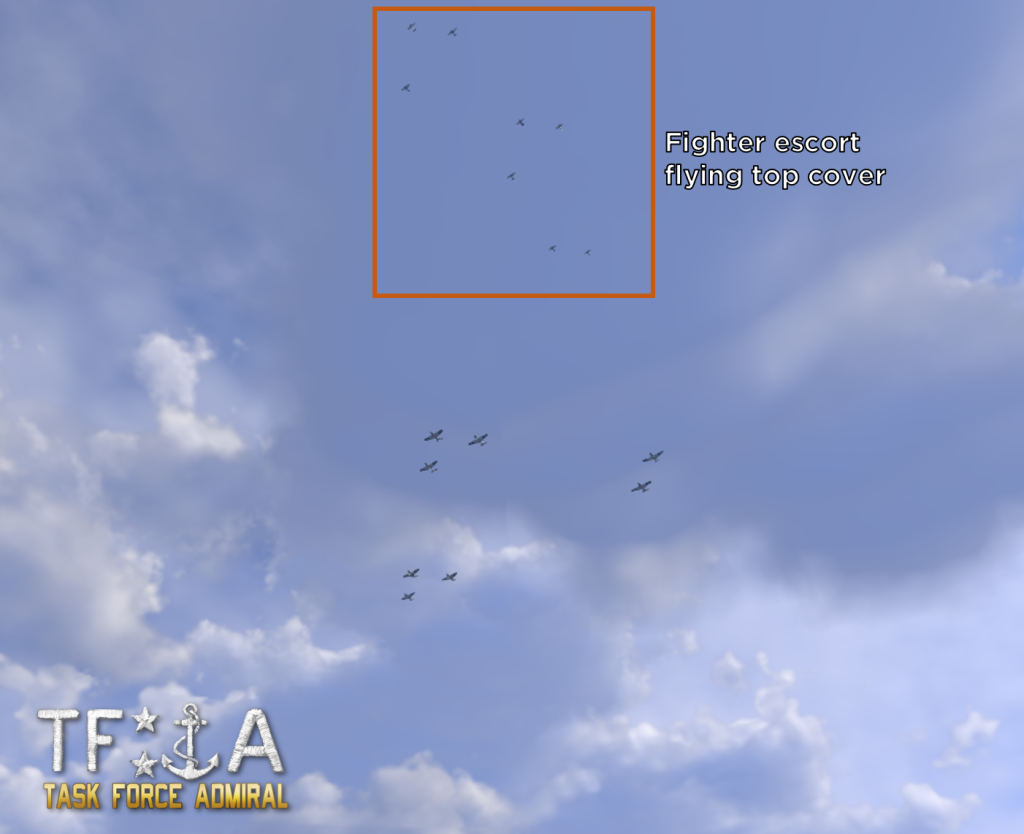



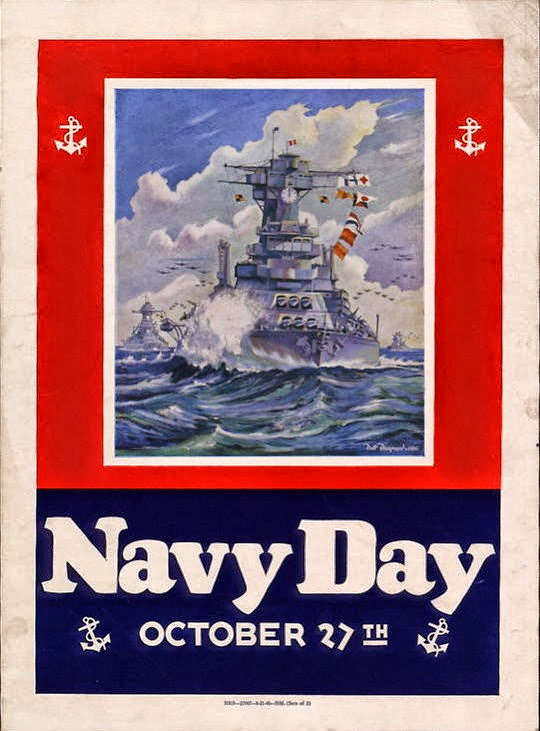
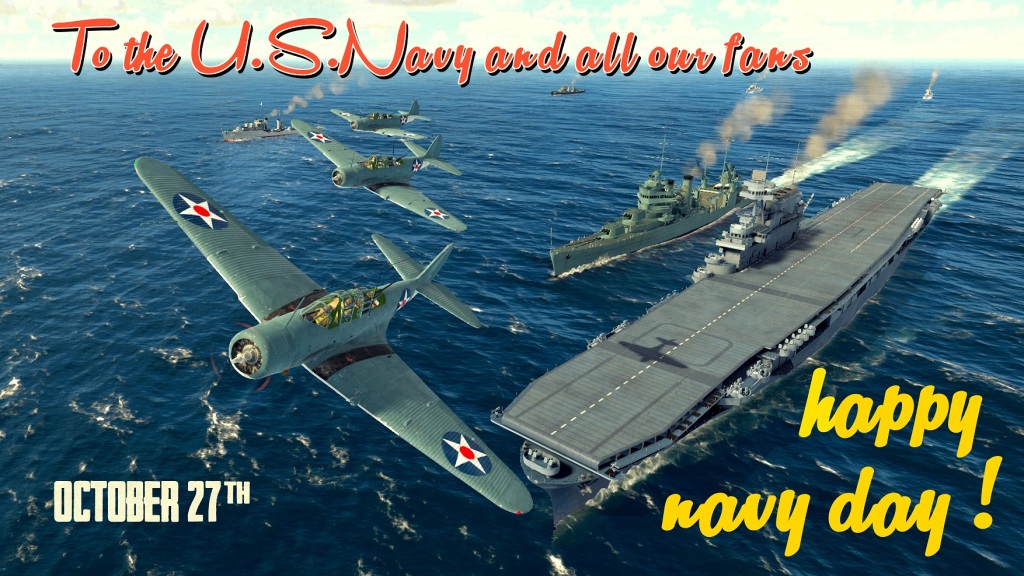





I’m waiting for this game like a kid waiting for Xmas…Can you please tell Santa to step on it…we have a War to Fight~!
Thank You~
LikeLiked by 1 person
This is an awesome update!
LikeLiked by 1 person
Reblogged this on Colfax Den and commented:
For old school fans of TF 1942 and various other World War II games, here is an update from the folks at Task Force Admiral.
LikeLiked by 1 person
A good read, keep up the great work!
LikeLiked by 1 person